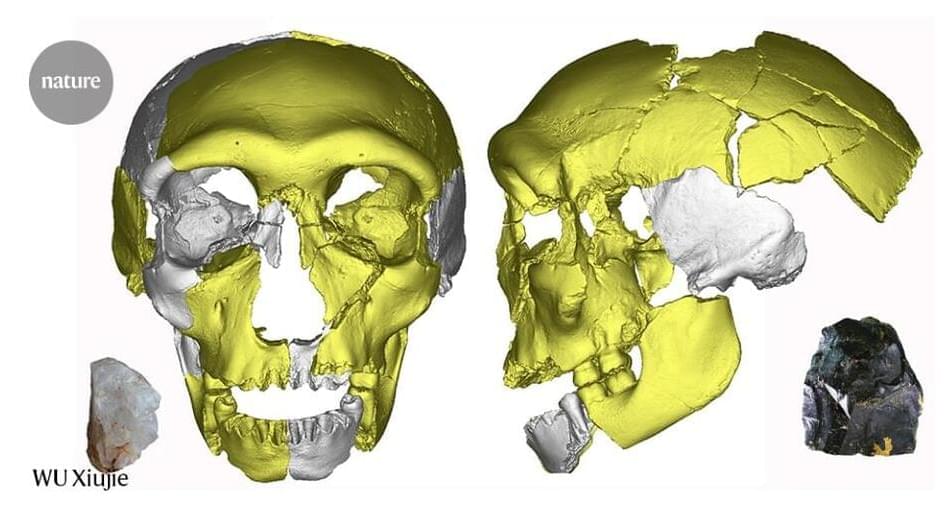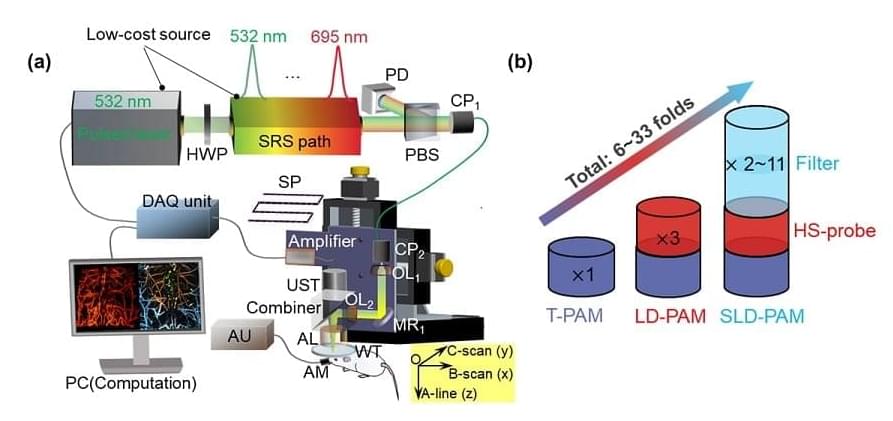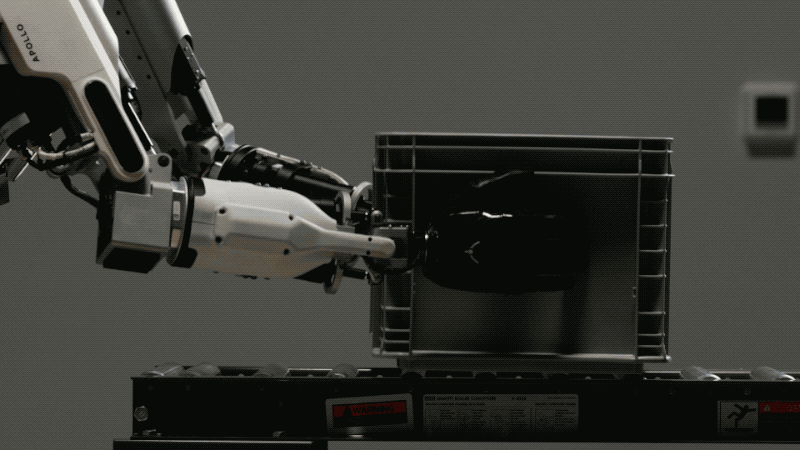Our current theory of evolution holds that all life on Earth originated from a single, simple life form billions of years ago. But what if that life did not originate on Earth? In this episode we’ll explore the theory of Panspermia, that origin of life might be extraterrestrial in origin, and that the abiogenesis of that origin life form we descend from might have descended from the sky in a comet or some other alien source. We will explore the impact this concept would have on the Fermi Paradox if true.
Visit our sponsor, Brilliant: https://brilliant.org/IsaacArthur/
Visit our Website: http://www.isaacarthur.net.
Join Nebula: https://go.nebula.tv/isaacarthur.
Support us on Patreon: https://www.patreon.com/IsaacArthur.
Support us on Subscribestar: https://www.subscribestar.com/isaac-arthur.
Facebook Group: https://www.facebook.com/groups/1583992725237264/
Reddit: https://www.reddit.com/r/IsaacArthur/
Twitter: https://twitter.com/Isaac_A_Arthur on Twitter and RT our future content.
SFIA Discord Server: https://discord.gg/53GAShE
Listen or Download the audio of this episode from Soundcloud: Episode’s Audio-only version:
https://soundcloud.com/isaac-arthur-148927746/panspermia.
Episode’s Narration-only version: https://soundcloud.com/isaac-arthur-148927746/panspermia-narration-only.
Credits:
The Fermi Paradox & Panspermia.
Episode 171, Season 5 E05
Written by:
Isaac Arthur.
Editors:






